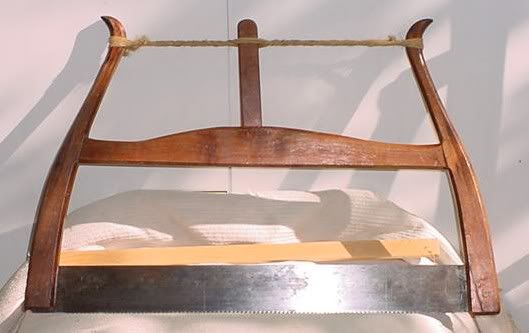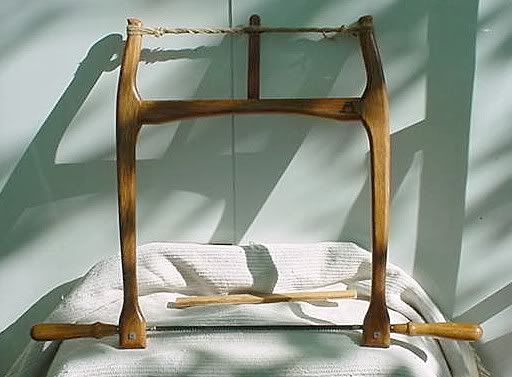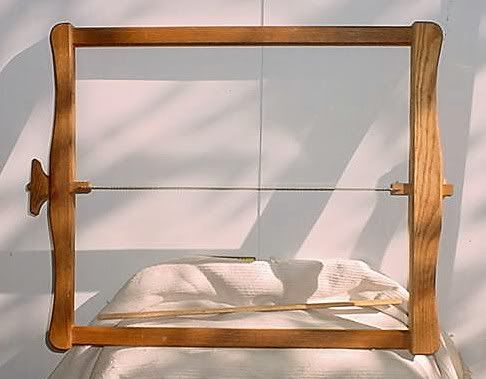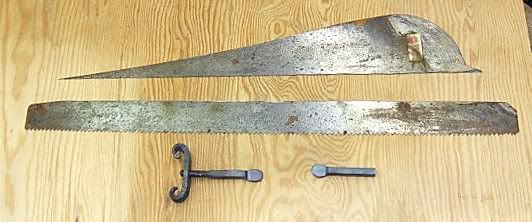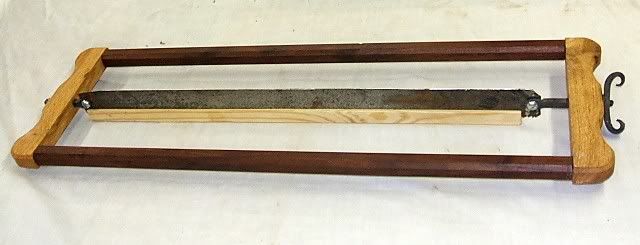I purchased a Frame Saw last year, the big one.
I had read through a book,by Anthony Guidice, promoting the virtues of developing hand tool skills. The author recommended buying some hardwood and crosscutting and ripping through about one hudred cuts to develop the ability to cut straight, accurate lines. Well two or three hundred cuts later I still do a more accurate job with a regular craftsman handsaw. Does anybody have some additional advice on the use of a frame saw ?





 Reply With Quote
Reply With Quote

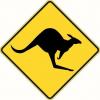


 Jr.
Jr. 
